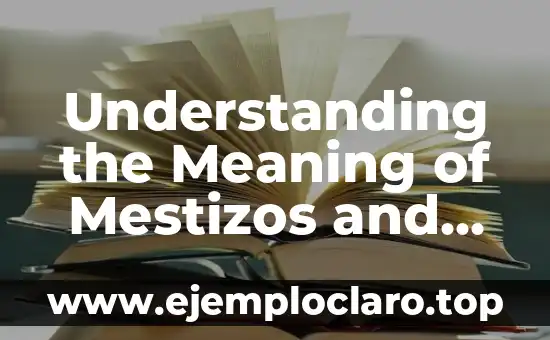Delve into the mysterious world of runes, ancient symbols that hold the keys to understanding our past and guiding our future. This article explores the various types of runes, their historical significance, and the meanings behind these enigmatic symbols.
What Are Runes and Their Meanings?
Runes are an ancient writing system used by Germanic peoples, each symbol carrying a specific meaning and significance. Originating from the Elder Futhark, they were used for writing, divination, and magical rituals. A fascinating historical fact is that the word rune comes from the Old Norse term rún, meaning secret or mystery.
The Mystical Symbols of the Past
These symbols are more than just an ancient alphabet; they represent a connection to the cosmos and human destiny. Each rune embodies a concept, like fertility or protection, and was used in rituals to invoke divine powers, reflecting a deep spiritual understanding of the universe.
Exploring the Types of Runes
- Elder Futhark: The oldest set, consisting of 24 runes, used by the Scandinavians.
- Younger Futhark: Simplified to 16 runes, used during the Viking Age.
- Anglo-Saxon Futhorc: Expanded to 33 runes, influenced by Latin letters.
Each type offers insights into the cultural and historical contexts of their use, from divination to magical practices.
Unlocking the Magic: Understanding Rune Meanings
Interpreting runes involves understanding their elements and connections to nature and human life. They serve as tools for self-reflection and guidance, offering wisdom on life’s journey.
Top Runes You Should Know and Their Significance
– Fehu: Representing cattle, symbolizes wealth and abundance.
– Uruz: Embodies strength and endurance.
– Thurisaz: Associated with protection and defense.
These runes are not only powerful symbols but also hold significant roles in divination and magic.
Ancient Symbols with Hidden Meanings
Beyond their role as a writing system, runes were used in rituals and divination, reflecting a deep spiritual understanding. They continue to inspire those seeking ancient wisdom.
What is the Purpose of Runes?
Runes serve multiple purposes, from guiding decisions through divination to being used in magical rituals. They offer a way to connect with the past and seek wisdom for the present.
Runic Symbols: A Journey Through History
From their origins in Southern Europe to modern uses in jewelry and tattoos, runes have evolved, yet their mystique remains. Their journey through history highlights their enduring appeal.
The Language of the Gods
In Norse mythology, runes were a gift from Odin, the All-Father, making them a bridge between gods and humans. This divine connection underscores their sacred status.
Understanding the Meaning of Runes
Each rune’s meaning is multifaceted, representing concepts like growth, challenge, and transformation. They offer a framework for understanding life’s complexities.
Where Do Runes Originate From?
The origins of runes are traced back to Southern Europe around 200 AD, evolving from Old Italic scripts. Their development reflects the cultural exchange and migration of Germanic tribes.
Rune Symbols: More Than Just Writing
Runes transcend their role as a writing system, serving as tools for magic, divination, and spiritual growth. Their versatility is a testament to their enduring significance.
How Are Runes Used in Daily Life?
In modern times, runes are used in meditation, rituals, and as talismans. They offer a practical way to seek guidance and connect with ancient wisdom in everyday life.
How to Use Runes: A Practical Guide
To use runes effectively, choose a set, cleanse them with intention, and cast them in a specific pattern. Reflect on their meanings to gain insights and guidance.
INDICE







